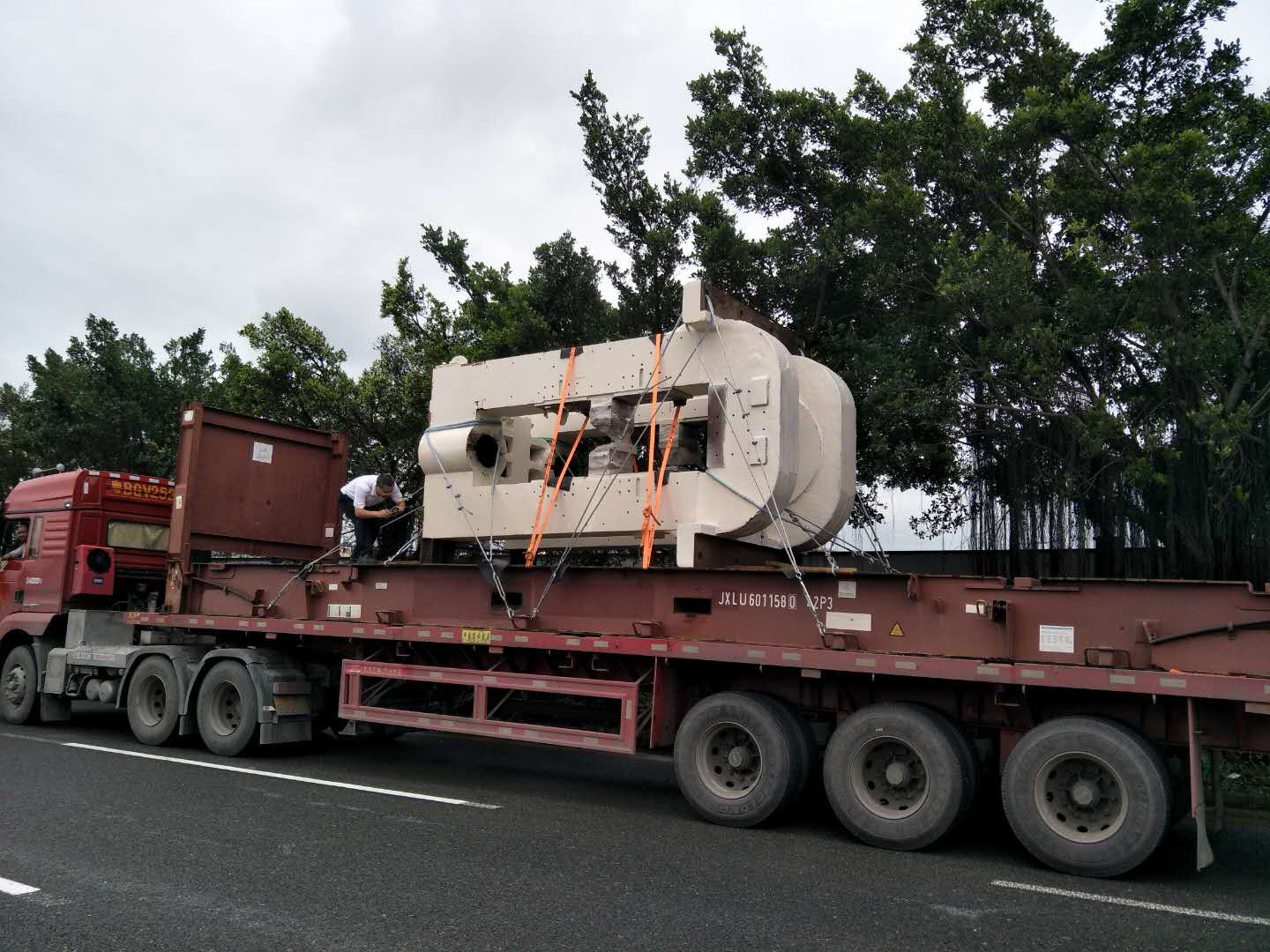Whether moving, repairing, or reselling, the moving of equipment and machinery requires systematic planning and execution. From safe disassembly to packaging and protection, from inventory management to reinstallation, and finally, quality control, every step directly impacts the efficiency and safety of the move. The following describes the complete process of equipment transport and reassembly in stages.

1. Disassembly: The First Step to a Safe and Orderly Process
Equipment moving begins with disassembly. This process involves more than a simple disassembly; it requires strict adherence to the manufacturer’s operating instructions to ensure that parts are not damaged.
Marking and Recording: Identify and record each part, bolt, and wire to prevent loss or confusion.
Condition Inspection: Record the operating status of each component before disassembly to facilitate subsequent assembly and troubleshooting.
Standardized Operation: Strictly follow safety procedures to avoid risks to the equipment and operators.
2. Packaging and Protection: Reduce Transportation Risks
Disassembled components must be professionally packaged to ensure their integrity during transportation.
Protective Materials: Use bubble wrap, foam, custom protective covers, etc. to prevent impact and vibration.
Environmental Protection: Implement sealing, insulation, and corrosion protection measures for parts susceptible to moisture, temperature fluctuations, or static electricity.
Special Focus: Electronic components and precision equipment should be additionally reinforced and environmentally isolated.
3. Inventory Management: Accurate Tracking and Control
During transportation, inventory lists are a core risk management tool.
Detailed Records: Include item descriptions, serial numbers, storage locations, and current conditions.
Dynamic Updates: Record changes in the location of equipment during transportation and storage.
Error Prevention: Ensure items can be quickly located to prevent omission or misuse.
4. Installation: Accurate docking and functional restoration
Upon arrival, equipment must be installed and commissioned to the highest standards.
Item-by-item Inspection: Verify any damage or loss during transportation.
Strict Alignment: Ensure mechanical and electrical connections are accurate to avoid deviations that could lead to reduced efficiency or safety hazards. Compliance with Standards: Strictly follow the manufacturer’s instructions and safety regulations, ensuring that grounding, wiring, and moving parts are securely secured.
5. Quality Control: Comprehensive Testing and Final Verification
After installation is complete, the quality control and performance verification phase begins.
Functional Testing: Operate the equipment under actual operating conditions to check for abnormal sounds, vibrations, or performance defects.
System Verification: Verify each mechanical, electrical, and software system individually.
Optimization: Make necessary corrections and optimizations based on test results to ensure the equipment is restored to optimal condition.
